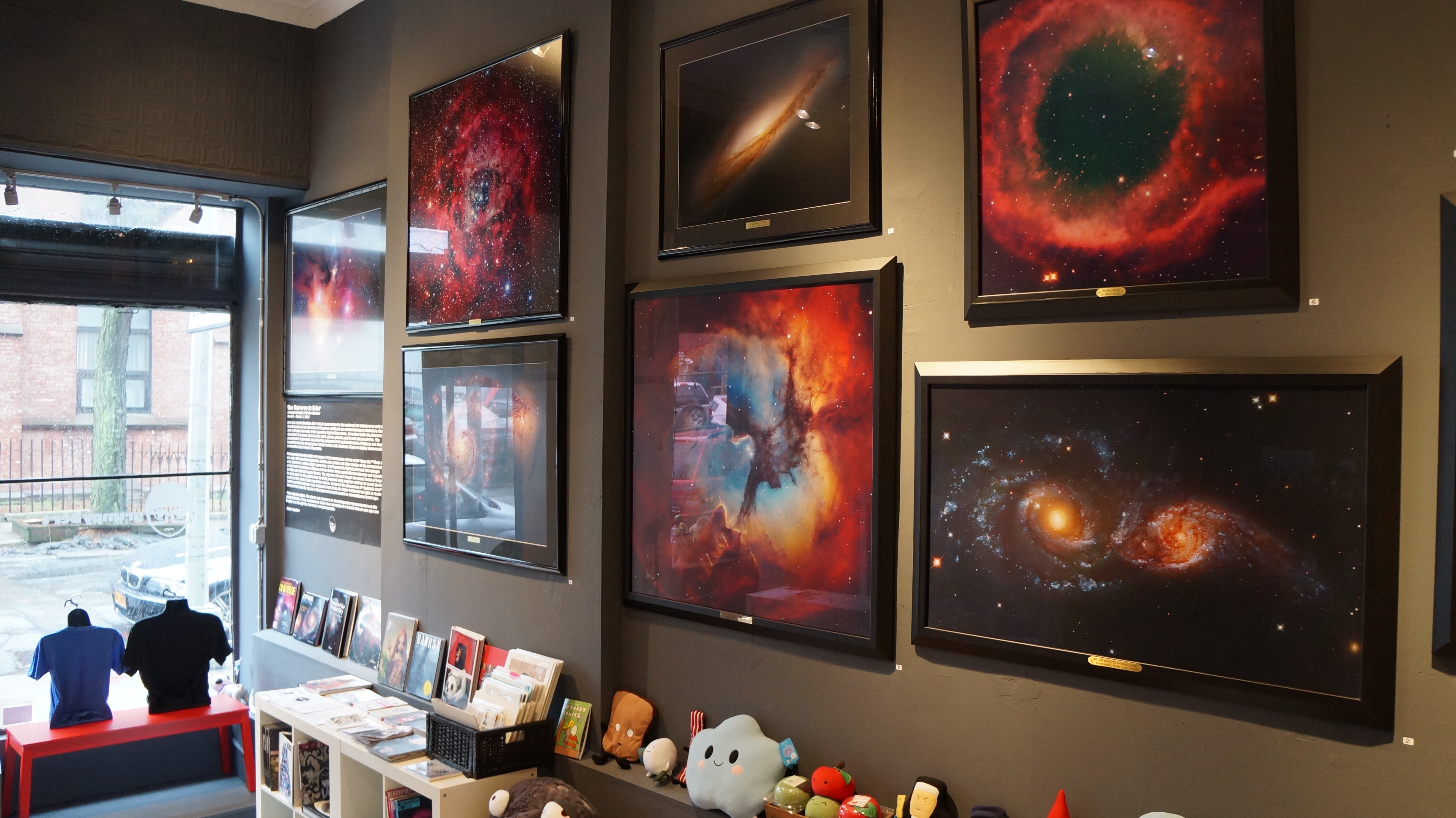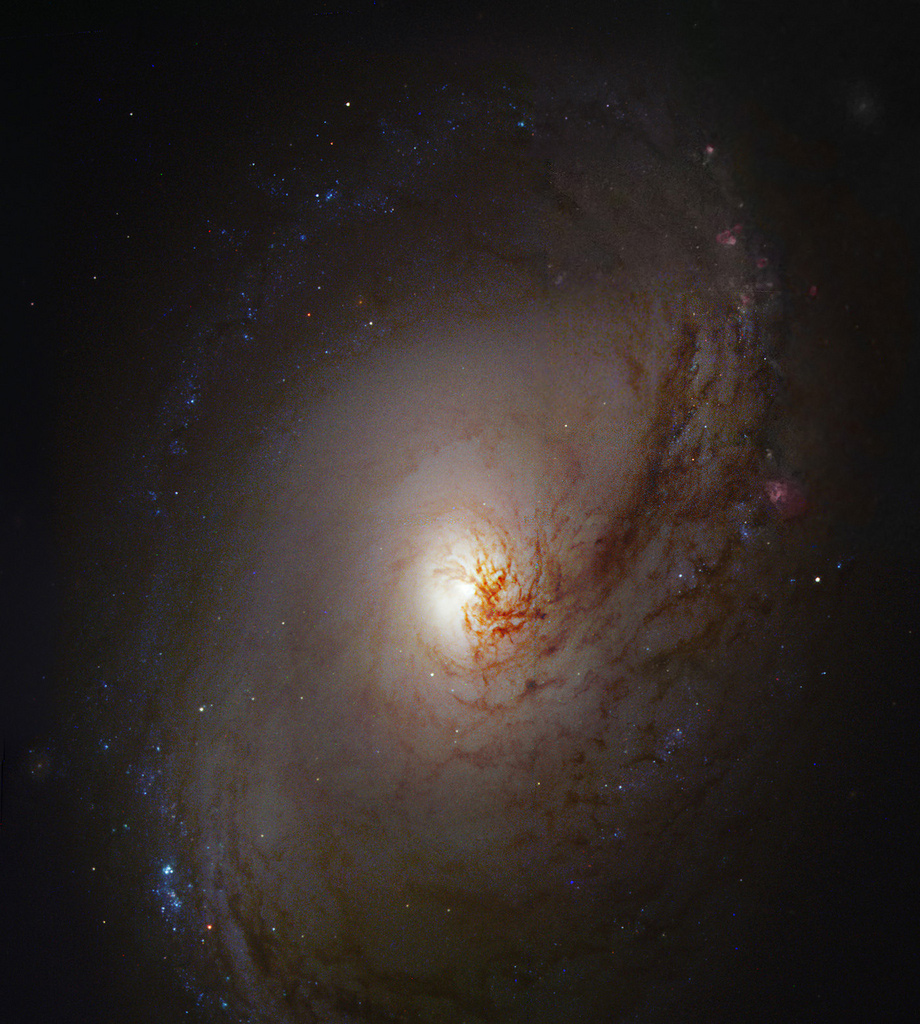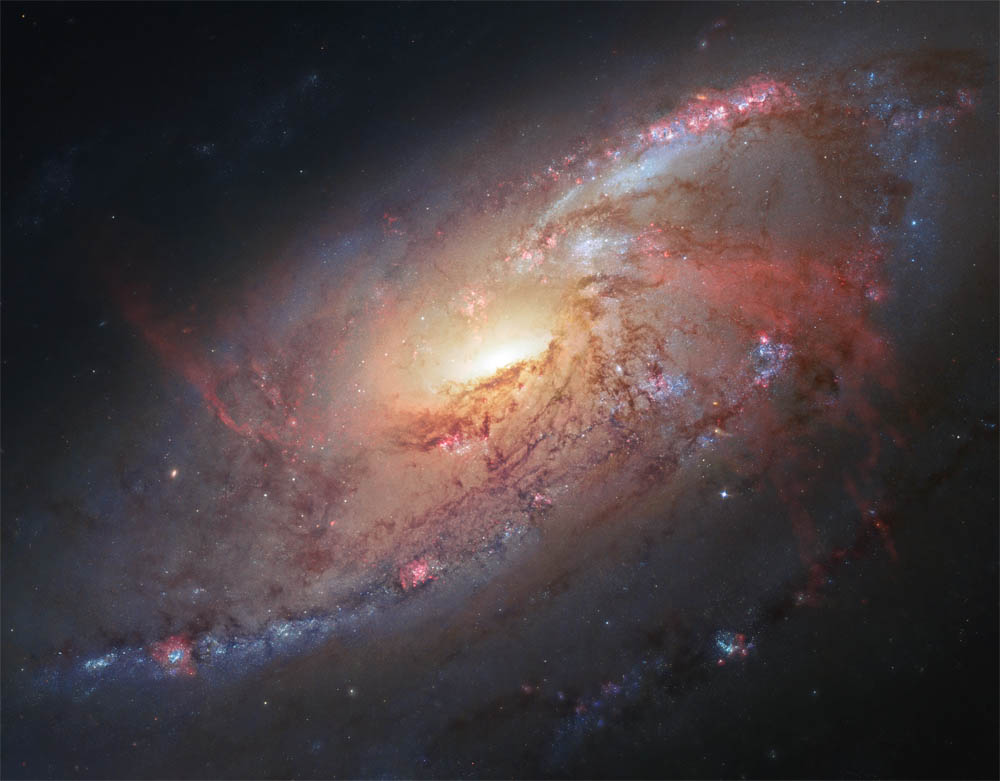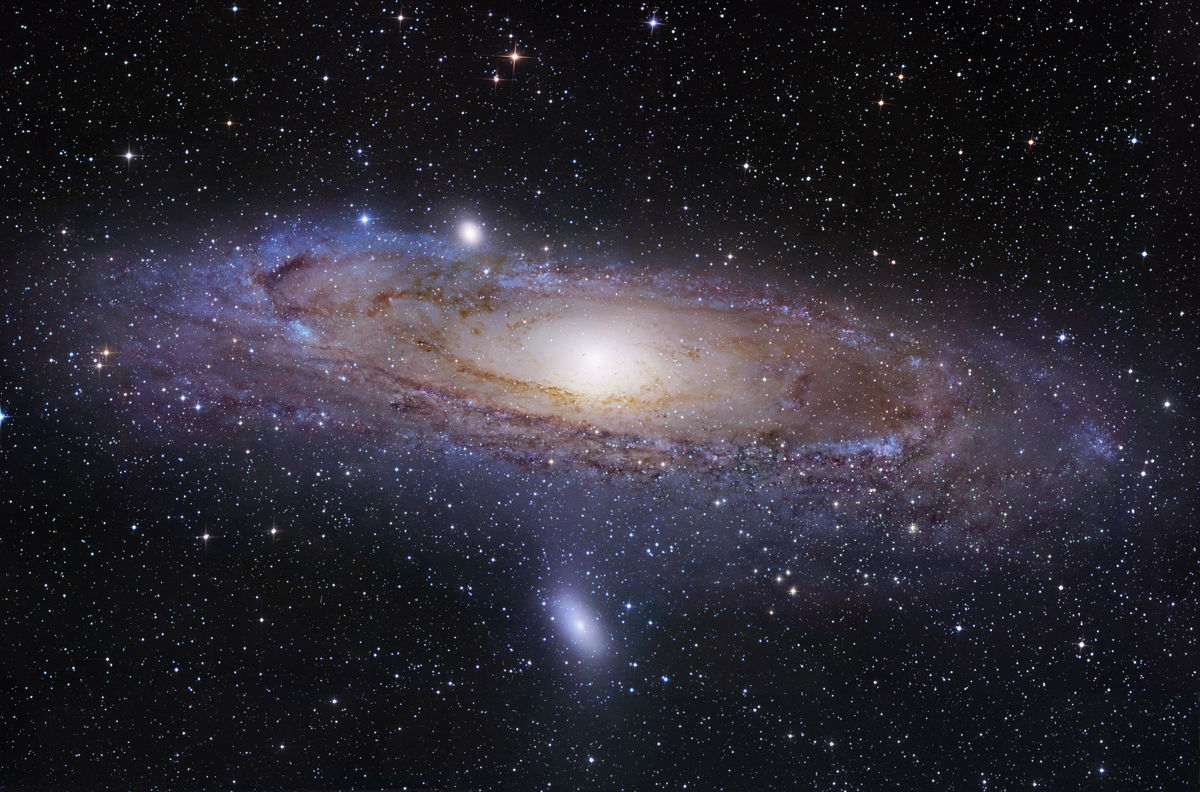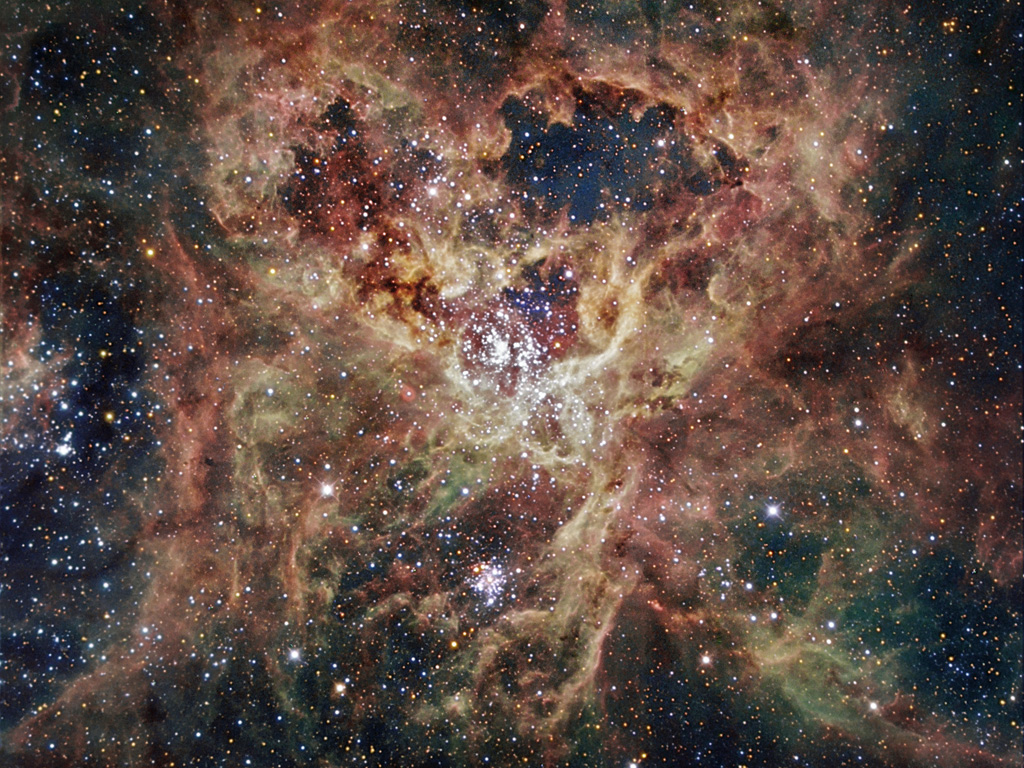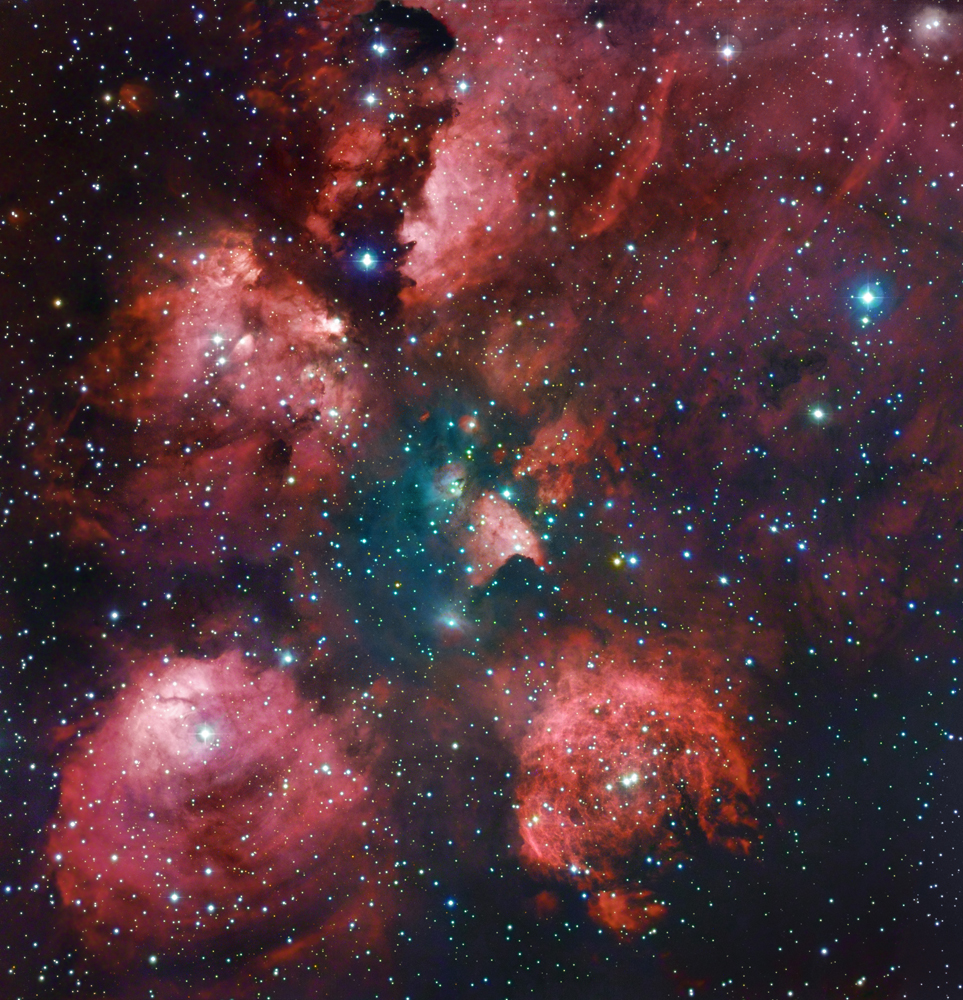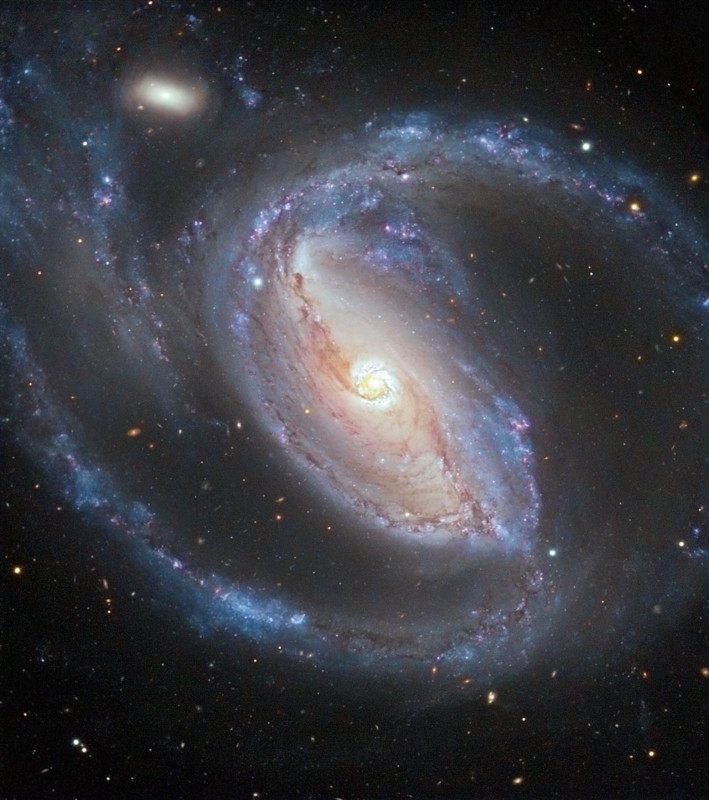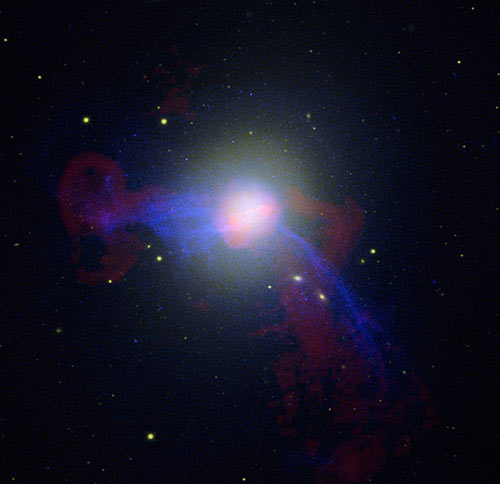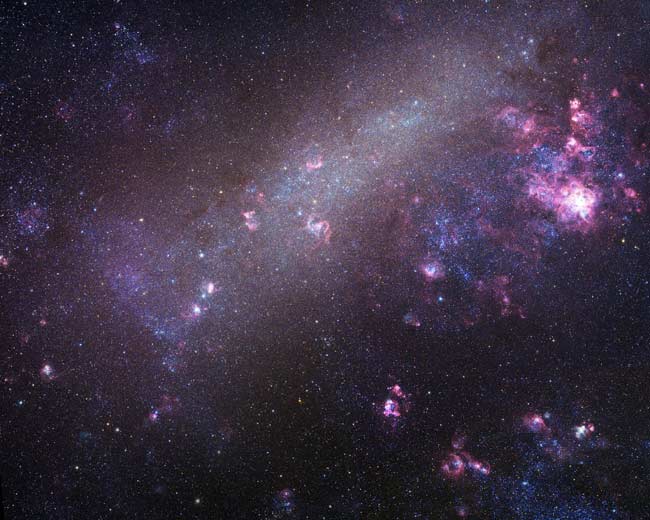Amazing Space Photos by Robert Gendler (Gallery)
Robert Gendler's Work on Display
Throughout the month of March, Robert Gendler's astrophotographs are on display at Grumpy Bert gallery in Brooklyn.
Robert Gendler, Spiral Galaxy Messier 96
Robert Gendler (USA) is a well known figure in the amateur image processing world. His version of Hubble's image of NGC 3190 is the default desktop image on new Apple computers. Robert submitted a number of excellent images into the 2012 Hubble's Hidden Treasures contest. This image of Messier 96 was the jury’s favorite.
Messier 106 Spiral Galaxy
This image combines Hubble observations of the nearby spiral galaxy Messier 106 with additional data captured by amateur astronomers Robert Gendler and Jay GaBany. The galaxy lies about 20 million light-years away, and harbors a giant central black hole.
Distorted galaxy NGC 2442 1000
The distorted galaxy NGC 2442, also known as the Meathook Galaxy, is located some 50 million light-years away in the constellation of Volans (the Flying Fish).
Andromeda, Neighbor Galaxy of the Milky Way
The Andromeda Galaxy, M31, is the nearest spiral galaxy to our own Milky Way.
Tarantula Nebula 1000
Located inside the Large Magellanic Cloud (LMC) – one of our closest galaxies – in what some describe as a frightening sight, the Tarantula nebula is worth looking at in detail.
New View of Cat's Paw Nebula
The Cat’s Paw Nebula is revisited in a combination of exposures from the MPG/ESO 2.2-metre telescope and expert amateur astronomers Robert Gendler and Ryan M. Hannahoe.
Breaking space news, the latest updates on rocket launches, skywatching events and more!
NGC 1097
The Seyfert galaxy NGC 1097, in the constellation of Fornax (The Furnace), is seen in this image taken by ESO’s Very Large Telescope (VLT). A tiny elliptical companion galaxy, NGC 1097A, is also visible at the top left. There is evidence that NGC 1097 and NGC 1097A have interacted in the recent past. NGC 1097, the larger galaxy, also has four faint jets — too faint to be seen in this image — that emerge from its center, forming an X-shaped pattern, and are the longest visible-wavelength jets of any known galaxy.
A Real Whopper: Black Hole Is Most Massive Known
This composite of visible (or optical), radio, and X-ray data reveals the giant elliptical galaxy M87.
Speedy Discovery Fuels New Milky Way Mystery
Astronomers have measured the 3-D velocities of the Large Magellanic Cloud (shown here) and the Small Magellanic Cloud.
Mysterious Stars Surround Andromeda's Black Hole
The Andromeda Galaxy photographed with a 12.5-inch telescope by amateur astronomer Robert Gendler.

Space.com is the premier source of space exploration, innovation and astronomy news, chronicling (and celebrating) humanity's ongoing expansion across the final frontier. Originally founded in 1999, Space.com is, and always has been, the passion of writers and editors who are space fans and also trained journalists. Our current news team consists of Editor-in-Chief Tariq Malik; Editor Hanneke Weitering, Senior Space Writer Mike Wall; Senior Writer Meghan Bartels; Senior Writer Chelsea Gohd, Senior Writer Tereza Pultarova and Staff Writer Alexander Cox, focusing on e-commerce. Senior Producer Steve Spaleta oversees our space videos, with Diana Whitcroft as our Social Media Editor.
